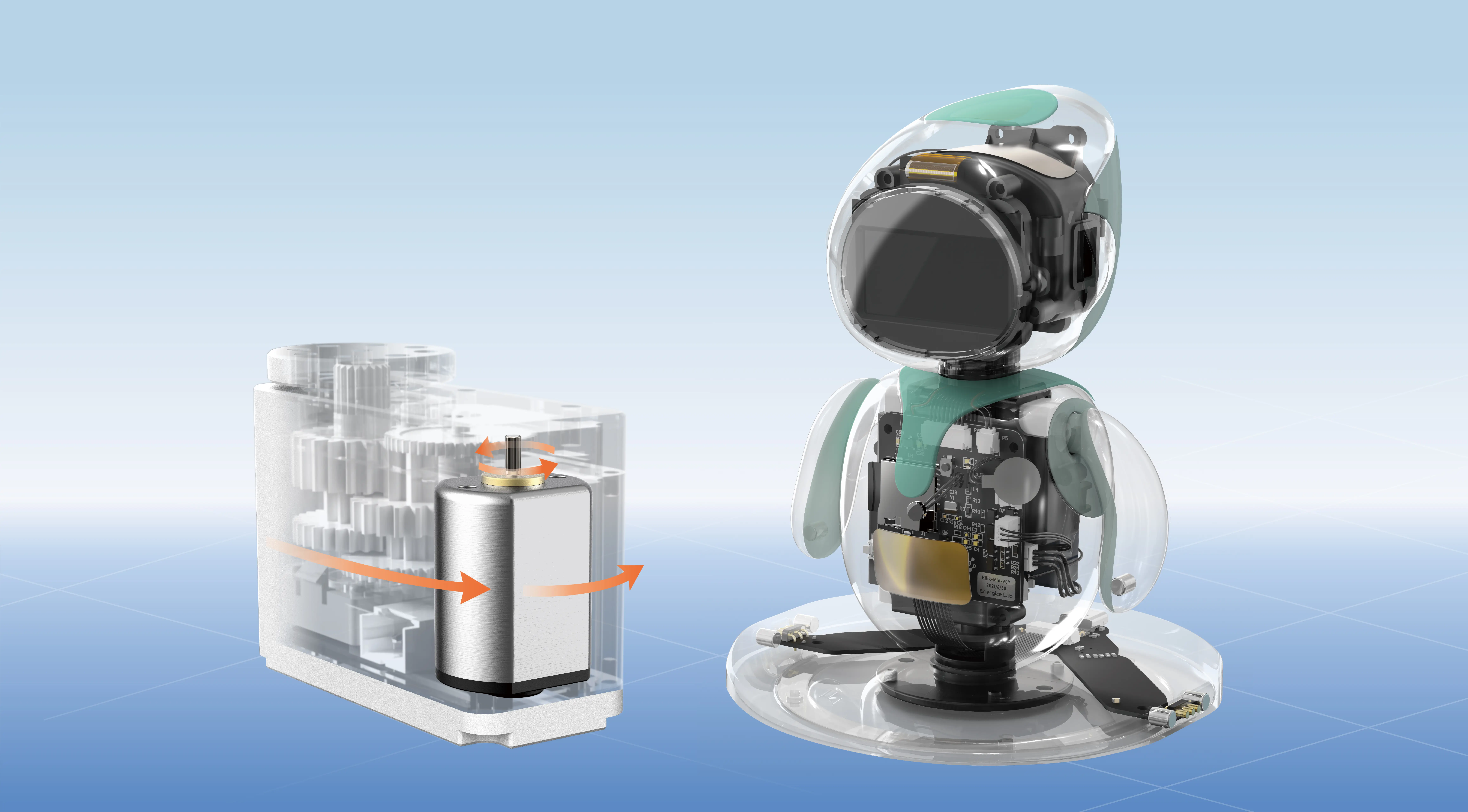Imagine building a giant Lego city. You want each building to be unique, easy to modify, and resilient enough not to bring the whole city down if one piece crumbles. That's kind of what microservices architecture does for applications. It’s like breaking down a monolith into bite-sized, manageable chunks. Why bother? Well, if you’ve ever tried to fix a tiny glitch in a massive, tangled software system, you know how aggravating it can be. Microservices make that headache go away.

The big plus is flexibility. Think about a scenario where you need to upgrade one feature—let’s say a payment module—it’s a breeze. Just pull out that tiny piece, upgrade it, and pop it back in. No need to shut down the entire application. This kind of modularity cuts down downtime and speeds up innovation. Ever wonder why some companies roll out new features so smoothly? Microservices are often the secret sauce.
On top of that, scaling becomes less of a headache. During peak shopping seasons, you want your checkout process to scream, right? Instead of scaling everything—servers, databases, everything—you can just beef up the parts that need it. Like pouring fuel into your sports car’s turbocharger instead of swapping out the whole engine. That’s pretty efficient and frugal.
But what about resilience? Say one microservice crashes. The rest? Usually fine, because they’re loosely connected. It’s like having a bunch of independent islands; if an island sinks, the others keep sailing smoothly. That means less downtime and a better experience for users. Plus, it makes handing off maintenance easier—teams can specialize, focus, and fix bugs quicker without risking the entire system.
Some folks ask, “Isn’t microservices more complex to manage?” Sure, it’s a bit more setup upfront. But is a complex puzzle better than a big, unwieldy one? Not really. Once you get the hang of it, managing multiple small services becomes second nature. Plus, with modern orchestration tools and containerization, keeping everything in order isn’t such a daunting task anymore.
In a nutshell, adopting microservices architecture isn’t just a tech fad. It’s about building adaptable, resilient, and scalable systems that serve customers faster and more reliably. When businesses embrace this approach, they don’t just keep up—they lead the way. That’s the power of microservices: transforming chaos into a well-oiled machine.
Established in 2005, Kpower has been dedicated to a professional compact motion unit manufacturer, headquartered in Dongguan, Guangdong Province, China. Leveraging innovations in modular drive technology, Kpower integrates high-performance motors, precision reducers, and multi-protocol control systems to provide efficient and customized smart drive system solutions. Kpower has delivered professional drive system solutions to over 500 enterprise clients globally with products covering various fields such as Smart Home Systems, Automatic Electronics, Robotics, Precision Agriculture, Drones, and Industrial Automation.




































